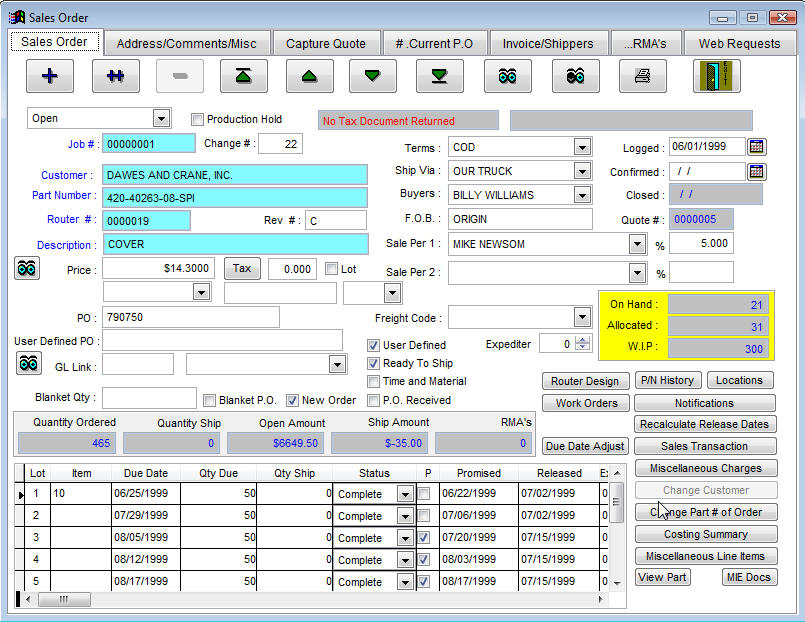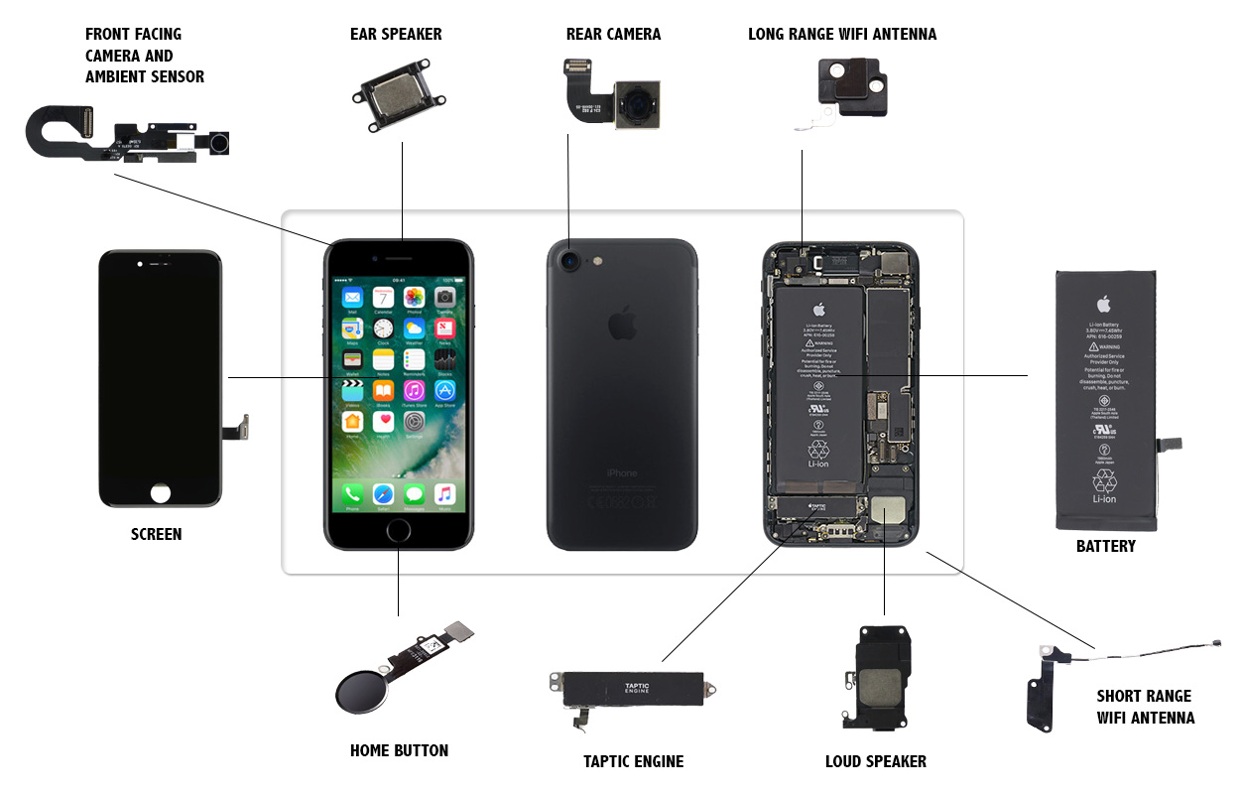The process through which companies issue invoices in an electronic format is known as EDI invoicing. These documents have a transaction code number, which is EDI 810, according to ANSI X12 standards. Companies prepare and dispatch EDI invoices to their customers after fulfilling their EDI 850 purchase orders. Electronic data interchange (EDI) refers to the exchange of business documents in electronic formats between two distinct companies via computers. It replaces the preparation, printing, stamping, and sending of paper invoices under the conventional manual system. This enables the companies to significantly minimize the occurrence of unavoidable human mistakes by their employees.
How do companies process an EDI invoice?
The customer invoices which companies generate using electronic data interchange (EDI) software generally contain specific details. These include:
- The invoice number and the date of issue of the document,
- Shipping information,
- The payment terms which companies and their customers agree to,
- A brief description of the products that the customer orders,
- The per-unit cost of the products, their total quantity and price payable, and
- Any cash discounts which the companies offer to their customers.
Companies execute the ANSI X12 standard process for their customer’s EDI invoice in the following manner:
- They receive a purchase order in the EDI 850 format from the customer,
- Their computers transmit an acknowledgment (EDI 997) to the customer confirming the receipt of the purchase order,
- The companies’ computers then process the purchase order (EDI 850) and send their details to the ERP software system,
- The system checks the inventory to make the necessary purchase before preparing to ship the products,
- The companies then proceed to transmit an advance shipping notice (EDI 856) to the customer,
- The companies’ enterprise resource planning (ERP) software then generates a customer’s invoice,
- The EDI software simultaneously generates a billing transaction by converting the ERP invoice into the EDI 810 format,
- Companies then send the EDI 810 invoice to the customer via their computers, and
- Companies issue an EDI 820 remittance advice to their on receiving payment on the invoice from the customer.
Advantages of EDI invoicing for companies
Companies who choose to process their customers’ invoices using electronic data exchange (EDI) enjoy the following advantages:
- They instantly generate and issue these commercial documents to the customers,
- Both the issuers and receivers can immediately authenticate the contents of the invoice,
- They can save money with EDI invoicing as they do not incur printing and stationery costs,
- Companies can boost their efficiency by processing customer invoices using EDI than under the manual system, and
- Companies can expect customers to prompt payments on their invoice in comparison to the manual system.
Generating and issuing an EDI invoice to customers allows companies to boost their efficiency. They can instantly issue this document to them after fulfilling the requirements of their EDI 850 purchase order. Both even have time to verify the invoice’s contents, unlike the manual system. Companies can save money by adopting EDI invoicing as they do not incur printing and stationery costs. Moreover, companies can expect prompt payments from their customers under EDI invoicing.



